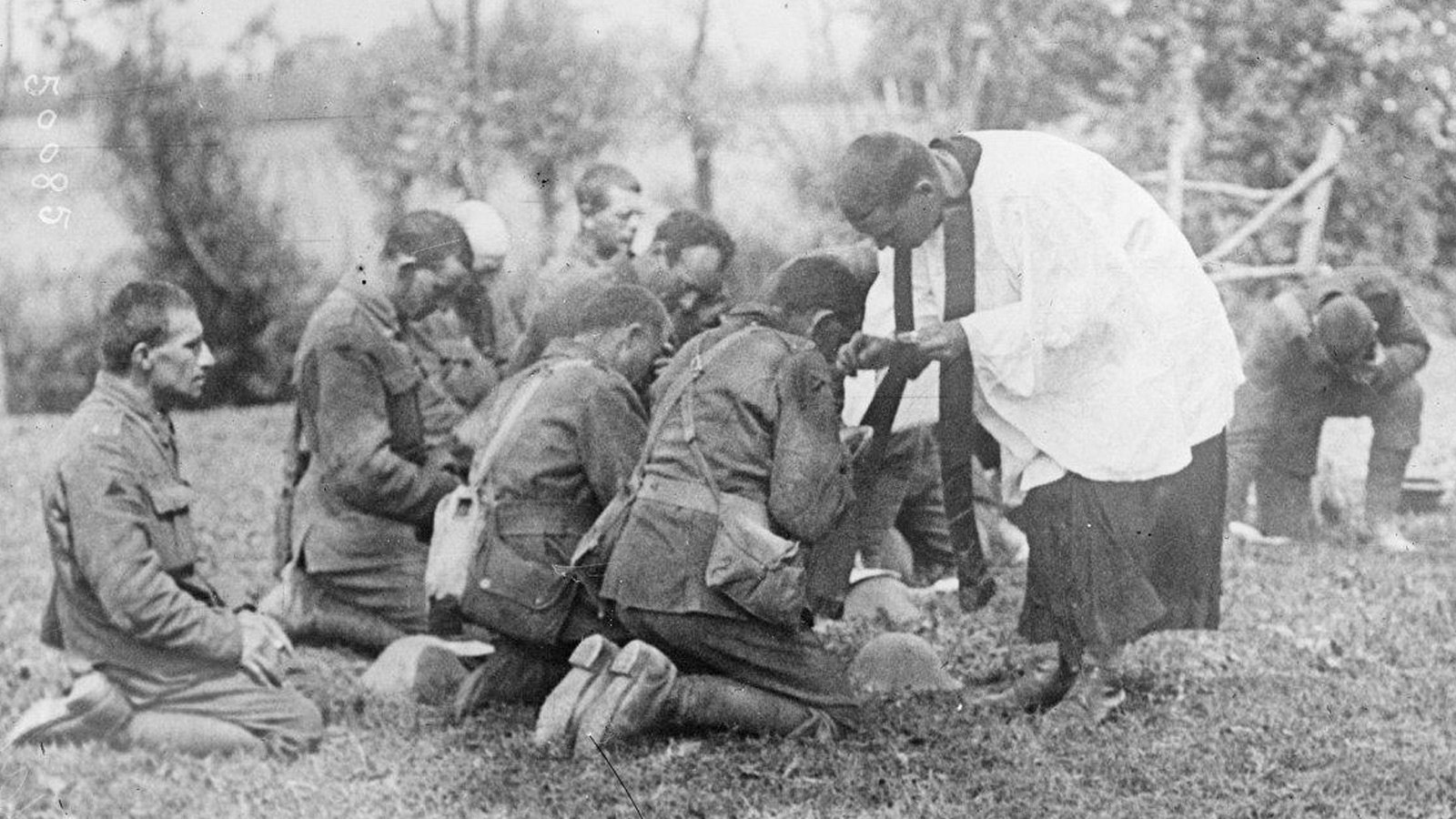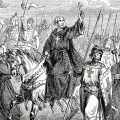
During the nineteenth century, the United States sought to bring Christianity to the American Indians and to suppress the expression of Native religions. Briefly described below are a few of the events of 1816 relating to religion and American Indians.
In Kentucky, the Baptist Society for Propagating the Gospel Among the Heathens wrote a circular letter to Indian agents suggesting that the English language and the habits of civilization should be taught to the Indians before spreading the gospel to them. They asked that the agents have Indian children sent among non-Indians to be schooled.
In Ohio, John Stewart, a free Negro, began preaching to the Wyandot and many Indians converted to Protestantism.
In New York, Eleazar Williams, an Episcopal lay reader and catechist, moved to the Oneida reservation. He spoke the Oneida language and had a good oratory style. He quickly won the support of the Oneida Christians (also known as the First Christian Party or the Shenandoah Party).
In California, the Spanish Catholic missionaries at the San Francisco mission had the Indians stage a traditional dance for a visiting Russian expedition.
The Cherokee Nation allowed several Christian missionary groups – Baptist, Methodist, Congregational, and Presbyterian – to establish schools. According to Marion Starkey in The Cherokee Nation:
“So the missionaries came and remained to play a vital part in the further development of the Cherokees.”
The American Board of Commissioners for Foreign Missions declared that it proposed for the Cherokee—
“To make the whole tribe English in their language, civilized in their habits, and Christian in their religion.”
On the southern plains, Pawnee leader Petalesharo rescued a Comanche girl from the Morning Star Ceremony, stating that the ritual should be abolished. He offered himself in her place and when the other Pawnee hesitated in killing him, he untied the girl, placed her on a horse, and led her to safety.
In the Morning Star Ceremony, a girl captured from another tribe would be sacrificed at the Summer Solstice. The captured girl would spend many months with the Pawnee and would be treated well. For the ceremony, her body was painted half red and half white and she was tied to a rectangular frame near the village. As the morning star rose, all of the men and boys of the village shot arrows into her body. The ceremony was not a part of the regular Pawnee ceremonial cycle, but was done only when a man was commanded by a vision to conduct the ceremony. The ritual gave the people success in war and in fertility.



Leave a Reply